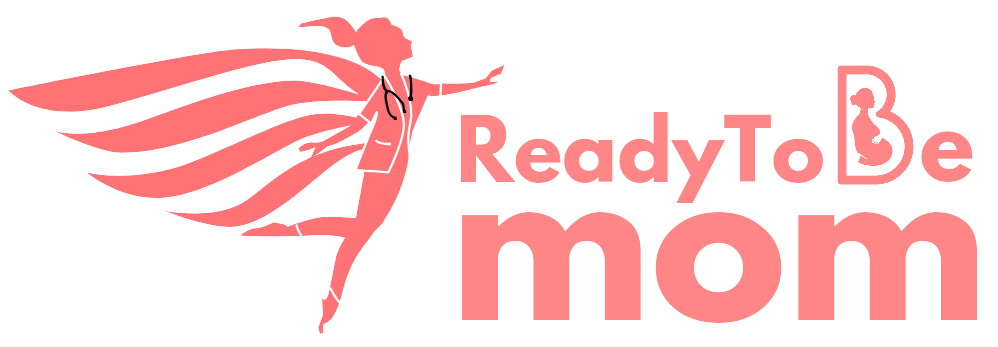Blog
Infertility is a growing concern

World IVF Day: Celebrating Hope and Scientific Progress
World IVF Day, observed annually on July 25th, commemorates the birth of Louise Brown, the first “test-tube baby,” in 1978. This day celebrates the groundbreaking advancements in reproductive medicine that have helped millions of people worldwide realize their dreams of parenthood.
The History of IVF
In vitro fertilization (IVF) is a complex series of procedures used to help with fertility or prevent genetic problems and assist with the conception of a child. The journey of IVF began in the early 20th century with initial experiments on animals. However, it wasn’t until the 1970s that significant progress was made in human IVF.
Key milestones in IVF history:
- 1878: First documented case of artificial insemination in humans
- 1934: First successful rabbit embryo transfer
- 1944: Human egg fertilized outside the body for the first time
- 1969: First human IVF pregnancy achieved (ended in early miscarriage)
- July 25, 1978: Birth of Louise Brown, the first IVF baby, in the UK
- 1981: First IVF clinic in the United States opens
- 1983: First successful egg donation pregnancy
- 1992: Introduction of intracytoplasmic sperm injection (ICSI)
- 2013: First baby born using DNA from three people
The pioneering work of British scientists Dr. Patrick Steptoe and Dr. Robert Edwards led to the birth of Louise Brown, marking a new era in reproductive medicine. Since then, IVF techniques have continually evolved, becoming safer, more effective, and more accessible to people around the world.
IVF Statistics
As IVF technology has advanced, success rates have improved significantly:
- Over 8 million babies have been born through IVF worldwide since 1978.
- The global IVF market is expected to reach $36.2 billion by 2026.
- In the United States, about 2% of all babies born annually are conceived via IVF.
- Success rates vary by age:
- Women under 35: 31-32% live birth rate per cycle
- Women 35-37: 24-25% live birth rate per cycle
- Women 38-40: 16-17% live birth rate per cycle
- Women over 40: 8-10% live birth rate per cycle
- Approximately 12% of women in the United States have received infertility services.
- The average cost of an IVF cycle in the United States is between $12,000 and $17,000.
These statistics highlight both the growing prevalence of IVF and the ongoing challenges faced by those seeking fertility treatments.
Frequently Asked Questions about IVF
- What is IVF?
IVF is a type of assisted reproductive technology where an egg is fertilized by sperm outside of the body, in vitro (“in glass”). The resulting embryo is then transferred to the uterus to facilitate pregnancy. - Who might need IVF?
IVF can help individuals or couples with various fertility issues, including:- Blocked or damaged fallopian tubes
- Male factor infertility
- Ovulation disorders
- Unexplained infertility
- Genetic disorders
- Preservation of fertility before cancer treatments
- How long does an IVF cycle take?
A typical IVF cycle takes about two to three weeks. However, the process may take longer if multiple cycles are needed. - What are the risks of IVF?
Potential risks include multiple pregnancies, ovarian hyperstimulation syndrome, and a slightly increased risk of birth defects. However, many of these risks can be mitigated with careful monitoring and advanced techniques. - Is IVF covered by insurance?
Coverage varies widely depending on location and insurance provider. In some countries and U.S. states, coverage is mandated, while in others, it may be partially covered or not at all. - How many IVF cycles are usually needed?
The number of cycles varies for each individual or couple. Some may succeed on the first try, while others may require multiple cycles. Doctors often recommend trying at least three cycles before exploring other options. - Are there alternatives to IVF?
Yes, depending on the cause of infertility. Alternatives may include intrauterine insemination (IUI), fertility medications, surgery, or lifestyle changes.
World IVF Day serves as a reminder of the hope and possibilities that scientific advancements can bring. It’s a day to celebrate the millions of families created through IVF, acknowledge the challenges faced by those struggling with infertility, and look forward to future innovations in reproductive medicine.
Whether you’re considering IVF, supporting someone who is, or simply interested in learning more, World IVF Day is an opportunity to engage with this important topic and recognize the profound impact it has had on society.





